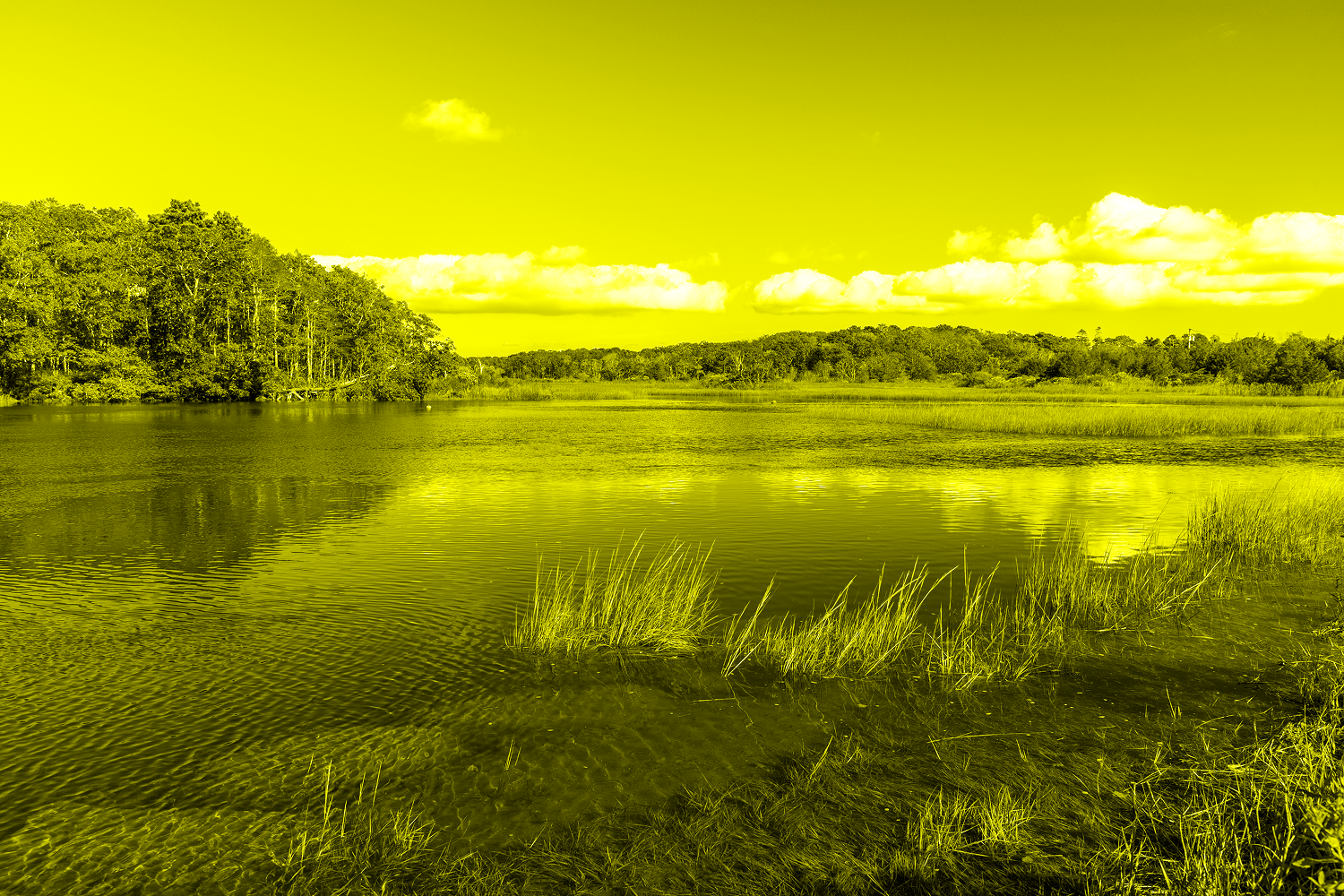Since 1970, more than one-fifth of the world’s wetlands have been lost, and one-quarter of what’s left is in distress. That’s according to a sprawling report from the secretariat of the Convention on Wetlands (aka the Ramsar Convention), an international treaty focused on protecting the planet’s marshes, swamps, bogs, and other watery lowlands. The primary culprits: Razing everything from kelp forests to inland lakes for agriculture and development.
While wetlands cover only 6% of the Earth’s surface, they provide 7.5% of global GDP though what’s collectively called “ecosystem services.” Wetlands feed billions, replenish drinking water, buffer against storms, and are one of the most-powerful sinks for planet-warming gases. The economic toll of their loss, the report calculates, is at least $5.1 trillion. The economic benefit of conserving what’s left? Around $205 trillion between now and 2050. “Wetlands bankroll the planet, yet we are still investing more in their destruction than in their recovery,” Musonda Mumba, secretary general of the Convention, said in a statement.
The report calls for the restoration of 30% of lost or degraded wetlands, but the authors point out that the scale of funding necessary to reach that goal is immense—and requires a paradigm shift in how nations prioritize investment and move to incentivize conservation over development. “Nature-negative public and private financial flows, such as environmentally harmful subsidies, have only increased over time, severely undermining the impact of nature-positive investments (for example, using wetlands as nature-based solutions),” the authors write.
Protecting remaining wetlands is also essential—and, the report notes, more cost-effective. It’s not without headwinds, however. Domestically, a 2023 Supreme Court ruling (Sackett v. EPA) severely limited the scope of the Clean Water Act, putting 60% or more of the nation’s wetlands at risk, according to an analysis from the Natural Resources Defense Council. And this year, the Trump administration’s EPA has moved to further limit which of the nation’s wetlands are protected under that law.
Some states are filling in the regulatory gap with water-protection legislation of their own, but there are also things individuals can do to help safeguard the stew of life that exists in the places where land and water meet.
1. Get involved with wetlands near you
There are about 116 million acres of wetlands in the contiguous U.S., which means there’s probably a place worth protecting close to where you live. To find one, check out this state-by-state database from the National Environmental Education Foundation—it could be anything from a mangrove to a lake. Go for a visit, and chat with site managers while you’re there; chances are they have opportunities to volunteer, which could be anything from helping monitor water quality to chipping in to keep the place clean.
2. Help clean up
A huge portion of plastic trash winds up in the world’s waterways, which means sites might already be on top of organizing cleanups, but you don’t need a special event to do some picking up. Anytime you’re out for a walk, hike, or other activity, bring along a container of some kind and collect litter as you go. (While you’re there, be sure to stick to designated paths.) If you want to organize an event of your own, here are some tips for getting started.
3. Avoid toxins in cleaners and more
Chemical runoff can throw wetland ecosystems out of balance. Yes, agriculture and industry are prime culprits, but we can also stand to be more mindful of what we send down the drain or into the wastestream at home. This can mean avoiding harsh chemicals and pesticides in the garden, reducing plastic waste, and opting for cleaners made from natural ingredients. (Check out our top multipurpose cleaner.) It’s also a good idea to switch to shampoos and other soaps that don’t use phosphates, which can contribute to algae blooms that suffocate aquatic life.
4. Join or donate to a wetland conservation group
There are tons of international organizations dedicated to wetland conservation. For example, Wetlands International coordinates efforts across governments and businesses, and BirdLife International focuses on protecting seabirds. You can also get involved with a land trust, which is a nonprofit that acquires acreage specifically for conservation; The Nature Conservancy and The Land Trust Alliance both work across the U.S.

